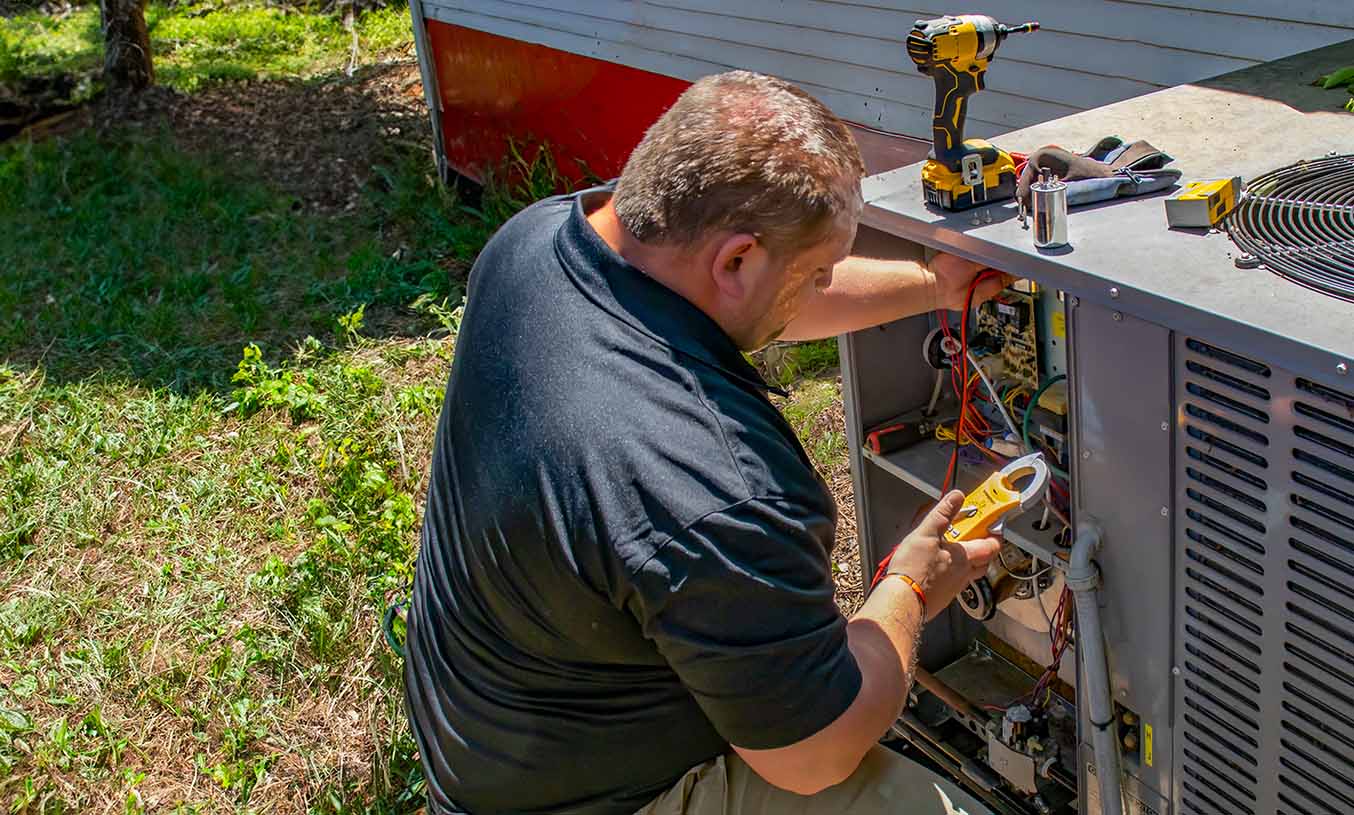

Energy Efficiency
Your trusted partner for professional home services. Quality workmanship, guaranteed satisfaction.




- HEP
- Energy Efficiency
Energy Efficiency | Air Conditioning | Heating and Air Conditioning | Tracy City
When summer sunlight bounces off the bluffs of Tracy City, nothing feels better than stepping into a home cooled with expertly tuned air conditioning. HEP’s energy-efficiency specialists design systems that do more than chill the air—they minimize utility costs and carbon footprints, letting you relax in comfort while your thermostat and wallet stay equally cool.
From precision load calculations to meticulous installations, our NATE-certified technicians shape every project around your home’s unique airflow patterns and insulation. We offer smart-thermostat integrations, high-SEER upgrades, and preventive maintenance plans that catch small issues before they become sweat-inducing breakdowns.
Ready to trade noisy, power-hungry units for whisper-quiet efficiency? Call HEP today and discover why Tracy City homeowners trust us to create healthy, breathable spaces all year long.
FAQs
Which energy-efficient air-conditioning systems work best for Tracy City’s climate?
Because Tracy City experiences warm, humid summers and cool winters, a high-efficiency central air conditioner (16–20 SEER2) or a variable-speed heat pump is ideal. Variable-speed compressors adjust output to match the exact cooling load, removing humidity more effectively while using up to 40 % less electricity than a single-stage unit. If your home lacks ductwork, ENERGY STAR® mini-split heat pumps provide the same efficiency benefits and offer zoned temperature control.
How much can a higher SEER2 rating really lower my utility bills in Tracy City?
Moving from a baseline 14.3-SEER2 system to an 18-SEER2 unit can cut cooling energy use by roughly 25 – 30 %. For an average Tracy City household that spends about $900 per year on summer electricity, that translates to $225–$270 in annual savings. Over a 15-year equipment life, the extra investment in a higher-SEER2 model often pays for itself two to three times through reduced energy costs.
Is a heat pump a good alternative to a separate air conditioner and furnace here?
Yes. Modern cold-climate heat pumps efficiently heat when outdoor temperatures fall to around 0 °F and cool just like a standard AC. Tracy City winter lows rarely stay below the teens, so a properly sized heat pump can meet 90 – 100 % of your heating load. Switching to one electric appliance eliminates combustion-related CO₂ emissions and can cut total HVAC energy use 30–50 %, especially if paired with an efficient backup strip heater or dual-fuel gas furnace.
Are there rebates or tax credits for installing high-efficiency HVAC equipment in Tracy City?
Homeowners can claim the federal Energy Efficient Home Improvement Credit—30 % of equipment and installation costs (up to $2,000) for qualifying heat pumps and $600 for high-efficiency ACs. Tennessee Valley Authority (TVA) occasionally offers $200–$500 incentives for ENERGY STAR® heat pumps; check energyright.com for current programs. Many local electric co-ops also provide low-interest on-bill financing for upgrades, so always ask your utility or contractor to calculate available savings before you buy.
How often should I service my air-conditioning system to maintain peak efficiency?
Schedule professional maintenance at least once a year—preferably in early spring for the cooling side and again in early fall if you have a heat pump that heats as well. A tune-up includes cleaning evaporator and condenser coils, verifying refrigerant charge, calibrating thermostats, checking airflow, and tightening electrical connections. Between visits, change or wash filters every 30–60 days during heavy use; a clogged filter can raise energy consumption up to 15 %.
What thermostat settings balance comfort and savings for Tracy City homes?
The U.S. DOE recommends 78 °F in summer when you’re home and awake, and 85 °F when away. Each degree above 72 °F saves roughly 3 % on cooling costs. In winter, set heat pumps or furnaces to 68 °F when occupied and 60–62 °F overnight or when you’re out. A smart or programmable thermostat automates these changes, reducing annual HVAC energy use by 8–12 % without sacrificing comfort.